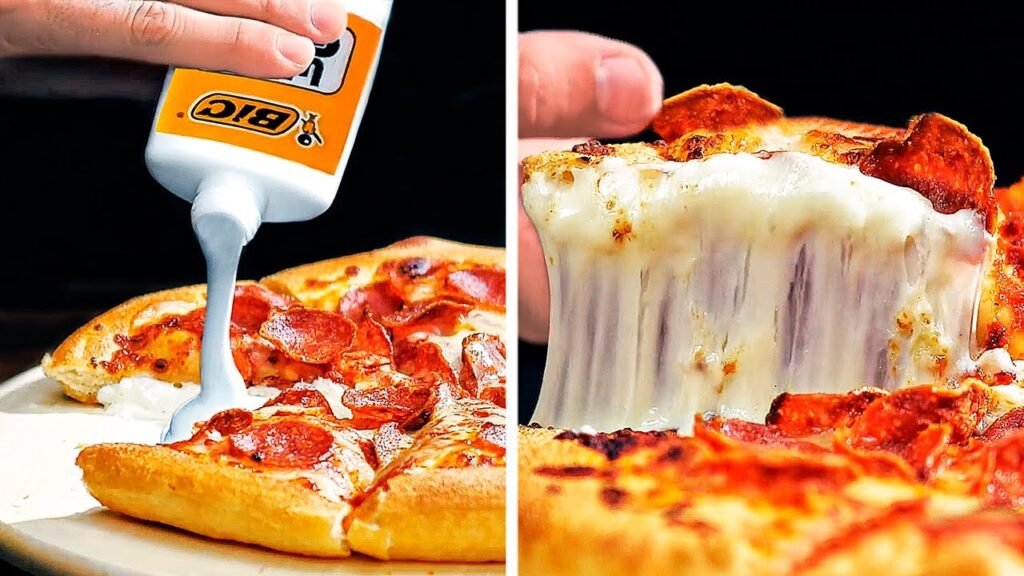
For years, consumers have been lured into purchasing food products through the art of deceptive advertising that transforms reality into a tempting illusion. But how do advertisers manage to make these delectable dishes look so irresistible? 5-Minute Crafts has compiled several insightful videos that reveal the ingenious techniques food stylists employ to enhance the visual appeal of culinary items, ensuring they look far more appetizing in photographs, advertisements, and commercials than in everyday life.
Many of these tricks involve using non-edible substances that create a mouthwatering aesthetic. For example, food stylists often turn to shoe polish to enhance the glossiness of meats, while shaving cream mimics the fluffy texture of whipped cream. Candle gel can create that perfect syrup drizzle, and dish soap is cleverly used to simulate a rich, creamy sauce. Other items like deodorant, super glue, and toothpicks find their way into the food styling toolbox, helping to create the illusion of perfectly stacked ingredients or to hold components together for that perfect shot.
These techniques illustrate how the world of food advertising often prioritizes visual appeal over authenticity, transforming ordinary meals into picture-perfect delights that leave consumers craving more—yet often disappointed when the real dish doesn’t quite match the dazzling display.
Top 10 Clever Food Stylist Tricks
- 1. Using Non-Edible Items: How materials like shoe polish or shaving cream enhance looks.
- 2. Creative Plating: Techniques to arrange food for maximum impact.
- 3. Fake Sauces and Glazes: What’s really behind that glossy finish?
- 4. Lighting Techniques: How lighting can transform food appearances.
- 5. Color Enhancements: The role of food dye in making dishes pop.
- 6. Staging and Props: The importance of the right background and context.
- 7. Manipulating Texture: How to create the illusion of fluffiness or crispness.
- 8. Strategic Angles: The best camera angles to showcase food.
- 9. Time-Freezing Techniques: Tricks to make food look fresh and appealing.
- 10. Deceptive Sizing: How perspective and props can alter perceived size.
Some advertisers operate like optical illusionists, skillfully bending the rules of reality to present food in a more enticing light. Their sly manipulations create a sense of allure that can make even the simplest dish appear gourmet. You might be astounded to discover the clever tricks they employ to achieve this effect, from intricate plating techniques to the use of unexpected materials.
Once you learn about these behind-the-scenes tactics, you’ll find yourself viewing food in a whole new way. No longer will you take a dish at face value; instead, you’ll start to question the authenticity of what’s being presented. The next time you scroll through a food advertisement or snap a picture of your meal, you’ll have a deeper appreciation for the artistry—and perhaps a hint of skepticism—behind that mouthwatering image.
I’m sure that you guys know that most of the things we see in commercials are different from real life. But these food tricks will make you say “Wow!” For desserts, it’s better to use shaving cream instead of ice cream cause it doesn’t melt. Did you know they put shoe cream on bread to make it look brighter and tastier? Candle gel can be a great alternative to ice cubes cause it doesn’t melt. If you want to make food look fresh, use deodorant.
Discover more from Grubbits
Subscribe to get the latest posts sent to your email.
